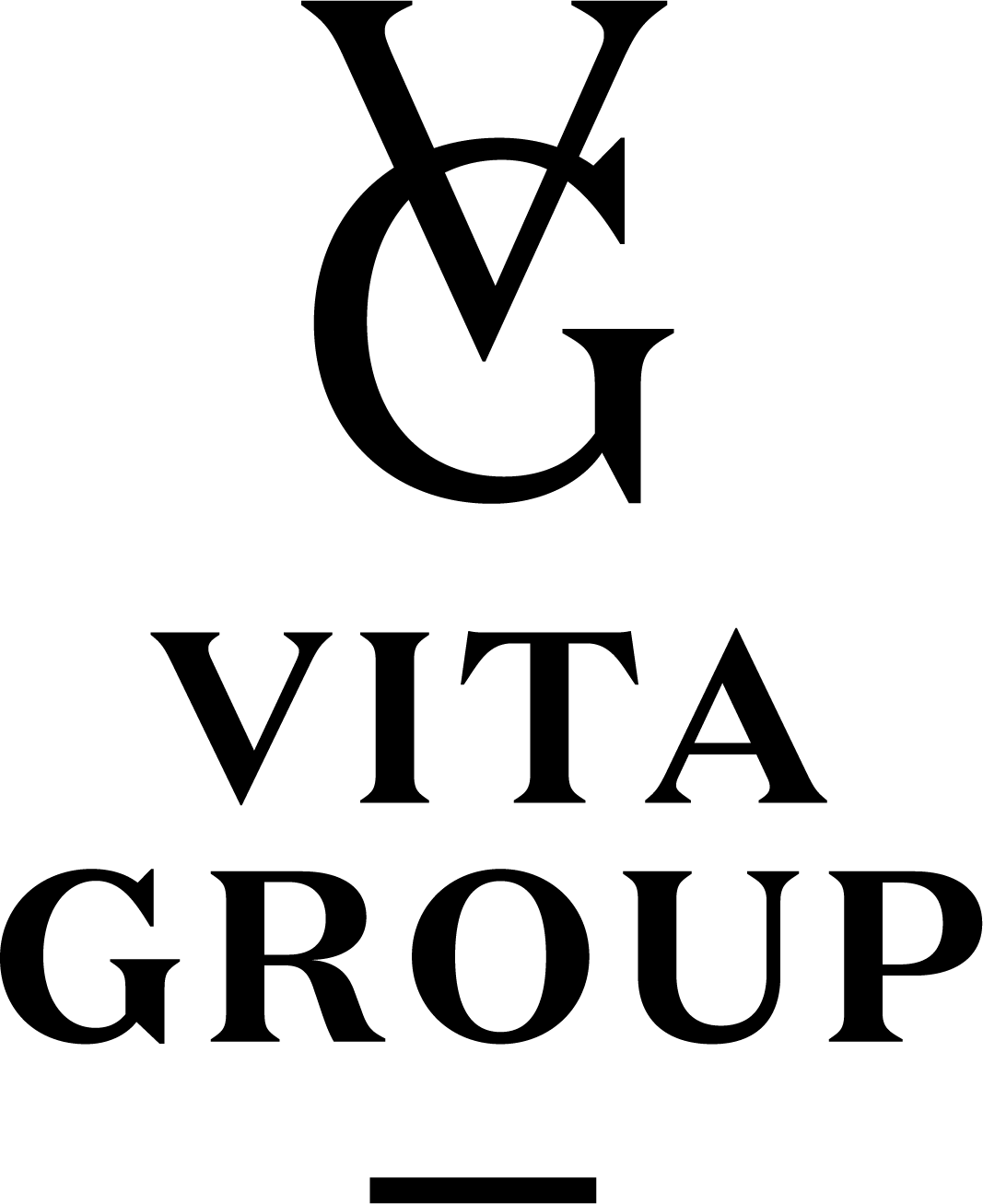 If you’re recycling on the regular, congrats! You’re doing your part to create a cleaner earth. However, many consumers accidentally make recycling errors that could mean their goods end up in a landfill due to contamination. Below are four tips from Republic Services to reduce recycling contamination and ensure your recycling ends up where it should.
If you’re recycling on the regular, congrats! You’re doing your part to create a cleaner earth. However, many consumers accidentally make recycling errors that could mean their goods end up in a landfill due to contamination. Below are four tips from Republic Services to reduce recycling contamination and ensure your recycling ends up where it should.
Only place certain recyclables in the curbside recycling container. Keep it simple and focus on these four categories of curbside recyclables:
– Paper, including newspapers, envelopes, mail, phone books and magazines
– Flattened cardboard, file folders and poster board
– Plastic bottles and containers
– Aluminum and tin food and beverage cans
Composite packaging, such as cardboard and plastic used together in a 24-pack of bottled water (where there is a cardboard bottom and shrink-wrapped plastic) cannot be recycled unless they are separated before being placed in the recycling container.
Recyclables should be empty, clean and dry. Make sure recyclables are empty of any contents, clean of any residue and dry before placing them into the recycling container.
When in doubt, throw it out. Many consumers put items into the recycling container hoping that they are recyclable. Despite these good intentions, some items should not be mixed in with clean recyclables. If questioning whether something is recyclable or not, follow the guidance, “When in doubt, throw it out,” by tossing the items into the trash container.
Know what should never be placed in the curbside recycling container. Below is a list of items that should never be placed in a curbside recycling container:
- Plastic grocery and shopping bags
- Food waste – Clothing, shoes and other textiles
- Yard waste, plants, grass clippings, cords and garden hoses – Styrofoam, fiberglass and other foam packing material
- Disposable diapers and puppy pads
- Tissue, paper towels, paper napkins and hardcover books
- Treated or contaminated wood, sheetrock or drywall – Metal such as chains, tools and car parts
Electronic devices and equipment, as well as batteries, fluorescent bulbs and ballasts, are hazardous materials that must be handled differently than other household waste and recyclables.
